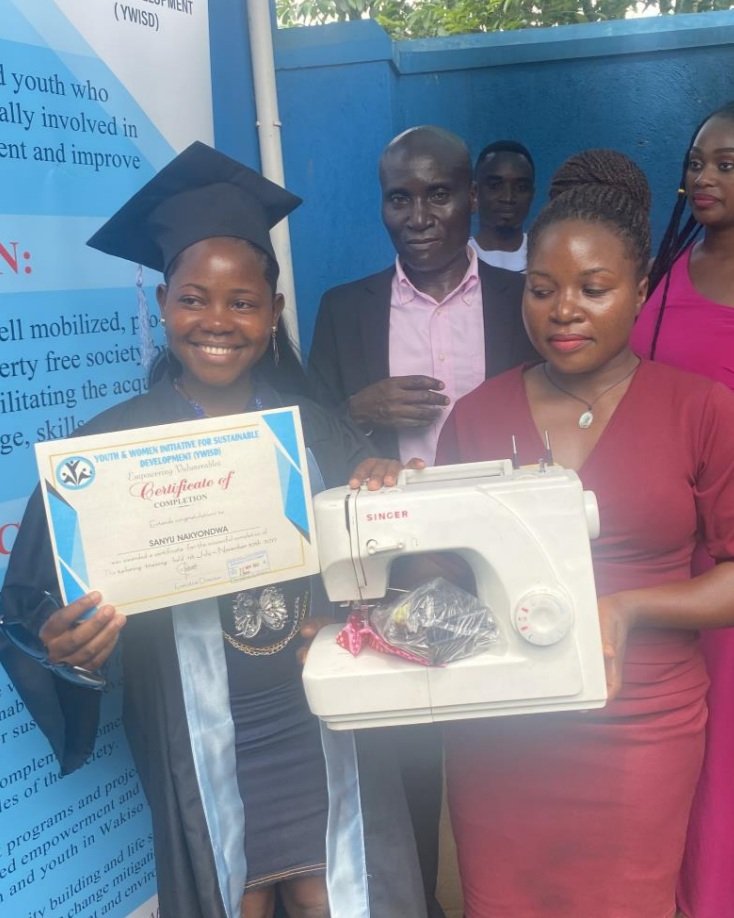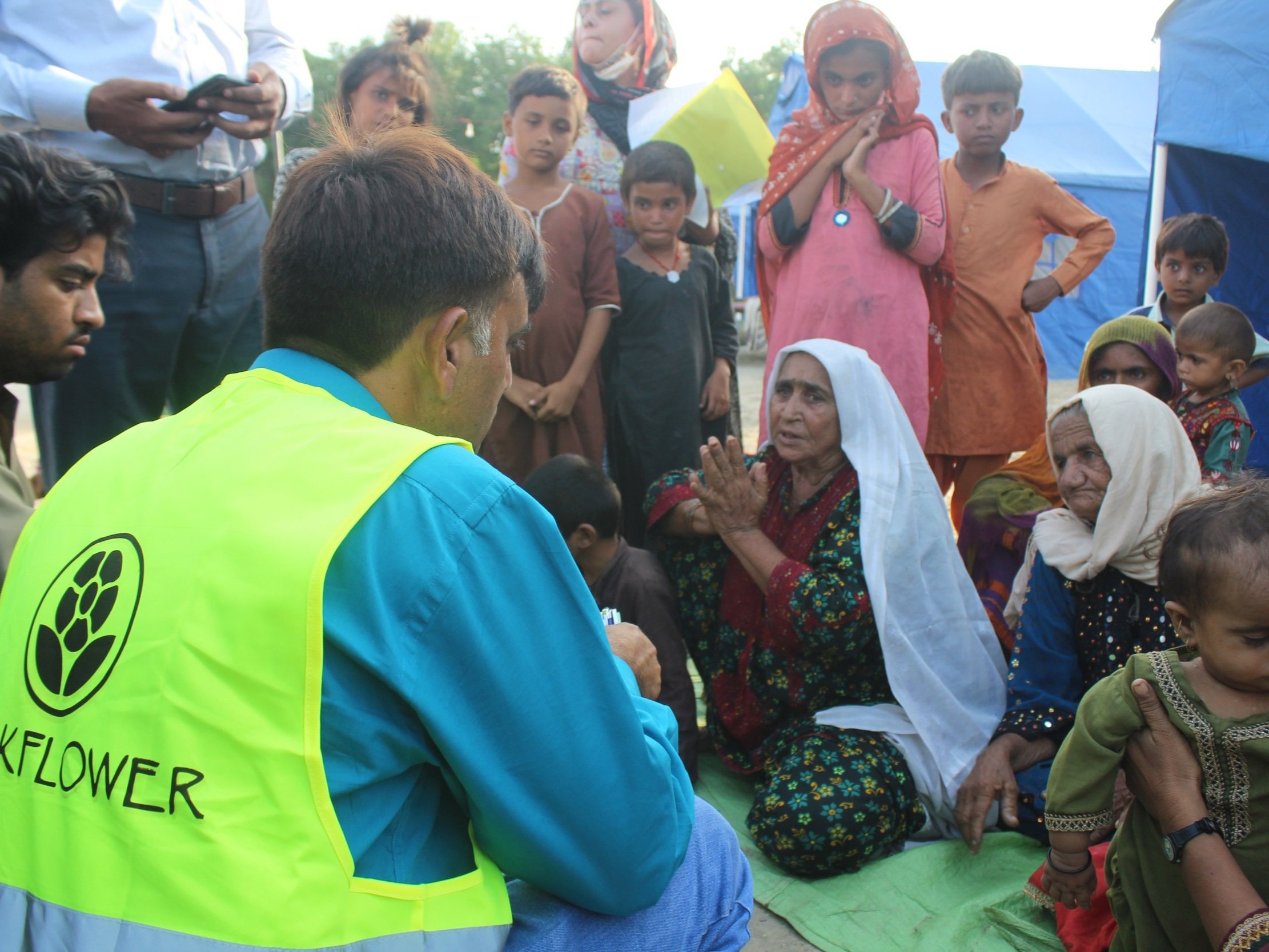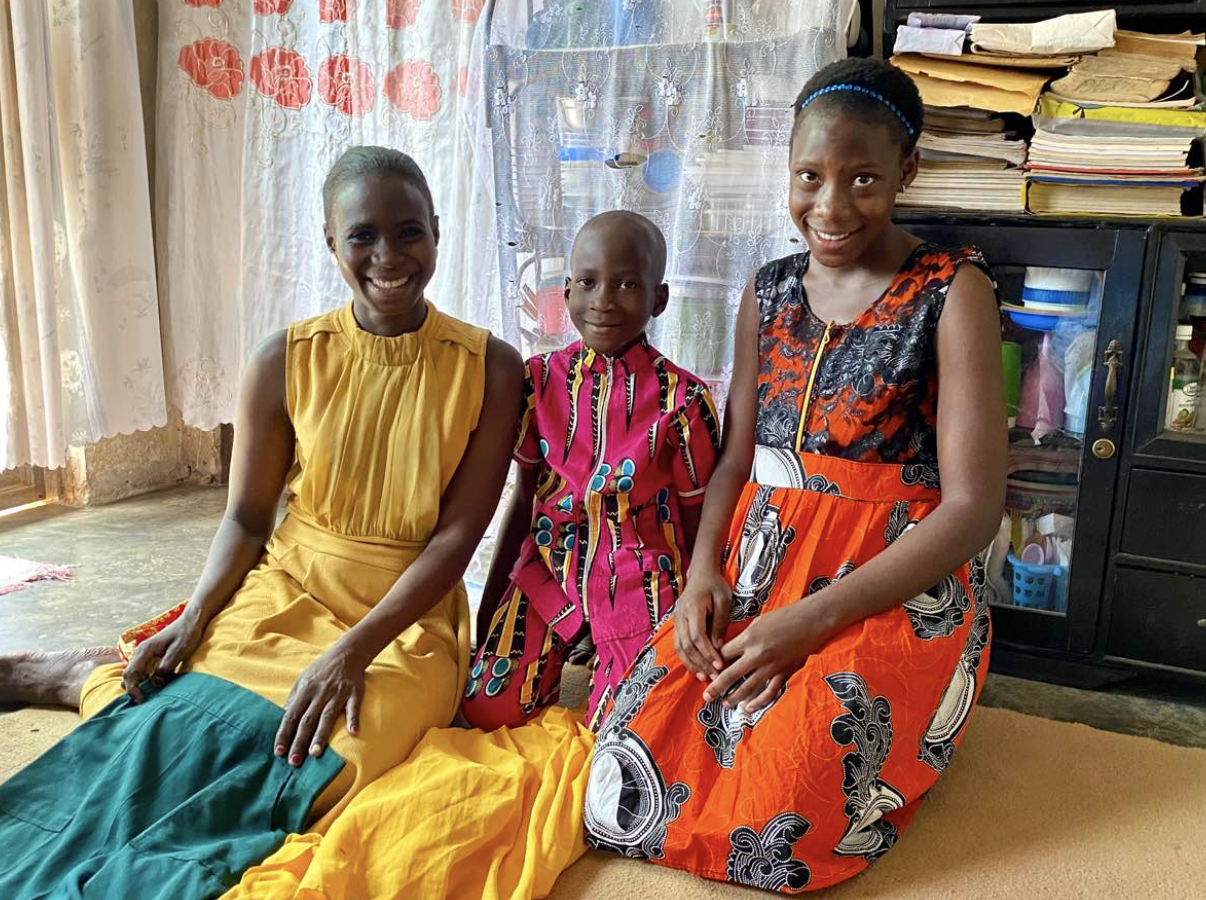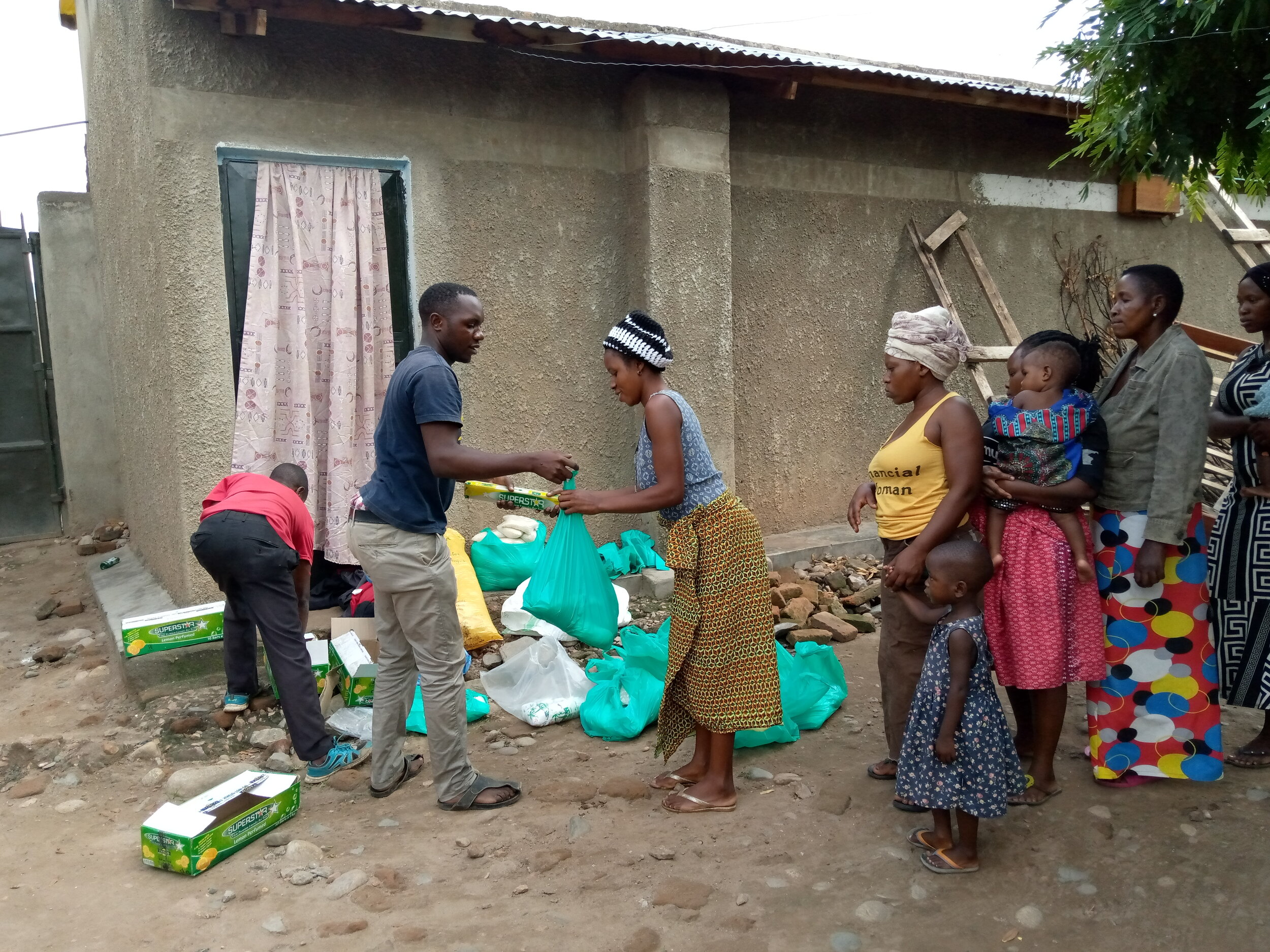Bio-Briquette Project
Location: Uganda
Background
Illegal chopping of forest trees for charcoal provides one of the primary sources of income for people living around the forests in Kasese District and surrounding areas. It is now widely recognized that deforestation is occurring at pandemic rates throughout the developing nations. In general, these forests are not being denuded for construction or even industry but rather for fuel wood production/use. The deforestation is so predominant that complete denudation is forecast in many areas in the coming decades, leading to significant health, economic and environmental consequences. It is also well known that many people earn their income from fuel wood and charcoal production, distribution and sales. In many nations this employment constitutes the single largest form of employment in the informal sector of the national economy. In short, forest destruction will continue unless an equally attractive employment opportunity is found in the provision of a sustainable fuel alternative.
Almost 2 million deaths each year are caused by breathing smoke from indoor cooking fires.
Respiratory infections are the leading cause of death of young children worldwide
An estimated 50 billion hours are spent collecting firewood each year.
In some areas where wood and charcoal are scarce, more than a quarter of a family’s income is spent on fuel.
Uganda is predominantly an agricultural country with above 85% of its people engaged in growing crops and rearing domestic animals. Uganda is an energy-deficient country, with supply unable to meet demand – for both domestic and industrial use. About 98% of energy consumption needs of rural Uganda is met from biomass sources derived from the forest, shrub land, and animal waste and crop residues with lots of smoke having direct negative impact on environment and health, especially causing respiratory and eye diseases; cooking is associated with long hours spent collecting increasingly scarce wood. The diminishing wood fuel supplies and the increasing prices of both firewood and charcoal make it difficult for some households to cook more than one meal a day.
The market for cooking fuel is increasing year by year. Population growth in Uganda is 5.6 % per year and the increased demand for cooking fuel is more or less equal to this figure. If this increased demand is met by charcoal and firewood, Uganda will have to import firewood from 2020 onwards. It is impossible to say where this would come from because deforestation is an issue in all surrounding countries and they all face the same dilemma. Therefore an alternative has to be found for charcoal and firewood.
Sustainable sources of wood fuel have diminished. Many poor families’ household budgets strain under the dwindling supply and increasing cost of fuel sources. Deforestation has also become a worldwide epidemic due to poverty, pressures of population growth, and low innovations in the clean energy sector. There is an urgent need for substitutes to the production of charcoal briquettes due to the scarcity of firewood and trees for charcoal-making. Charcoal consumption in Kasese and surrounding areas is unsustainable. Unless a viable alternative is successfully implemented, the urban poor in Kasese and surrounding neighborhoods will suffer an energy crisis with serious nutritional and health consequences.
Biomass briquettes are a biofuel alternative to coal, charcoal and wood. Briquettes, made of compressed blocks of coal dust, are commonly used in the developing world, where alternative cooking fuels are often in short supply. Biomass briquettes, mostly made of green waste and other organic materials, provide not only a more eco-friendly alternative to coal based briquettes and wood, but are manufactured from a readily available, low-cost fuel source, often disposed of as waste.
Project Specifics
The Bio Briquettes Project, coordinated locally by Rwenzori United Group for Life Improvement (RUGLI), envisions supporting and expanding an existing bio briquettes cottage industry in Kasese, Uganda that turns maize and cassava bi-product into a source of fuel.
Support for bio briquettes production in Kasese will not only provide local women an additional fuel source and income stream, but will also positively impact local initiatives to combat climate change and deforestation.
This project addresses the greenhouse emissions from both unmanaged decomposing waste, as well as from deforestation by replacing wood and charcoal. If the biomass resources are properly utilized through simple technology in making a cleaner and efficient form of energy, it will bring many positive changes to the lifestyle and economy of the local people.
This project aims to achieve community driven socio-economic development in an area where 80% of the population live on less than 1 USD a day, while promoting environmental sustainability in communities where there is an increasing unmet demand for charcoal. The project will establish a useful model of waste cycling into alternative low cost biomass fuel, which is healthier than charcoal through compressing waste materials such as corn-cobs, charcoal dust, saw-dust and organic household waste in combination with mill waste (flour) or used paper to bind them. The resultant briquettes are also cost-effective and smokeless, thus being beneficial in terms of economic, environment and public health. It also provides a new waste management strategy that reduces environmental pollution.
Objectives
The project is directed toward achieving the following objectives:
Add value to agro-waste and household by-products that would otherwise end-up unused, causing local waste pollution.
Increase the utilization of biomass resources in developing and promoting more efficient and cleaner fuel substitutes.
Replace the use of wood and charcoal fuels, which is a major cause of deforestation and environment degradation.
In addition, 200 families from four villages will be trained in the treatment of biomass as a source of income and the use biomass briquettes as an alternative heating and cooking fuel.
Although targeted at women and adolescent mothers, who are mostly responsible for cooking and heating, training will include instruction for the entire community to learn of and adopt the use of biomass briquette as a readily available and dependable fuel source.
Local Innovation
Maize and cassava are key staple foods in the area, the cobs, which remain when the corn is removed, are unusable and thus waste. However, their internal structure makes them ideal for carbonization through partial oxidation which turns the cobs into charcoal. To increase the efficiency, the corn cobs will be combined with charcoal residues, which can be acquired freely through charcoal sales point clean-up, and organic components of the garbage collected from households which is dried, ground and compacted. The mill waste (flour residues) will also be used as the binder in the briquetting process.
MIT’s D-Lab has developed a device that is hand-cranked and can be operated by a single person. The device minimizes transfer of the charcoal powder from one receptacle to another and deposits charcoal powder directly into the container where it is mixed with a wet binder. The device has the potential to be adapted for pedal-power, but it is not necessary for the speed and torque required. With only 5% of the rural population having access to electricity, more than 90% of the country’s total energy needs in Uganda come from biomass sources. Of this, wood accounts for 80%, charcoal 10% and crop residues at nearly 4%.
Expected Benefits
The project has the following key benefits:
(a) Energy demand and supply: Replacement of inefficient existing “household energy” and improvement of energy efficiency. New innovation for renewable energy promoting the switching from fuel-wood to charcoal briquettes from abandoned agro-wastes.
(b) Livelihood support: New form of skills training for the community creating new jobs and a little supplementary income.
(c) Climate change mitigation: For every ton of biomass charcoal briquette, about 88 trees with a diameter of about 10 cm is saved from cutting for firewood and charcoal making, decreasing the rate of deforestation which will in turn serve as carbon sink; emissions from transportation of charcoal is of smaller magnitude, and thus ignored.
(d) Waste recycling: using the 3 R strategies: reduce, reuse and recycle, biomass provides a new waste management strategy; reduces environmental pollution especially in the urban and peri-urban areas. This solution makes efficient use of organic waste because (i) charcoal pyrolysis has a much shorter turnover time than composting, and (ii) charcoal is in extremely high demand in urban areas where the waste originates, thereby foregoing the need for long-distance transport.
(e) Alleviation of urban energy poverty: Charcoal supply from rural Uganda is becoming scarce, so the production of charcoal from the urban waste stream can supplement this supply and thus alleviate this charcoal bottleneck. This can in turn lessen the economic burden on the urban household (therefore allowing them to cook 3 meals/ day).
(f) Land Use and Forestry: Land degradation prevented by conserving the trees/ woodlands that otherwise will be cut-down for fuel-wood and charcoal.
















